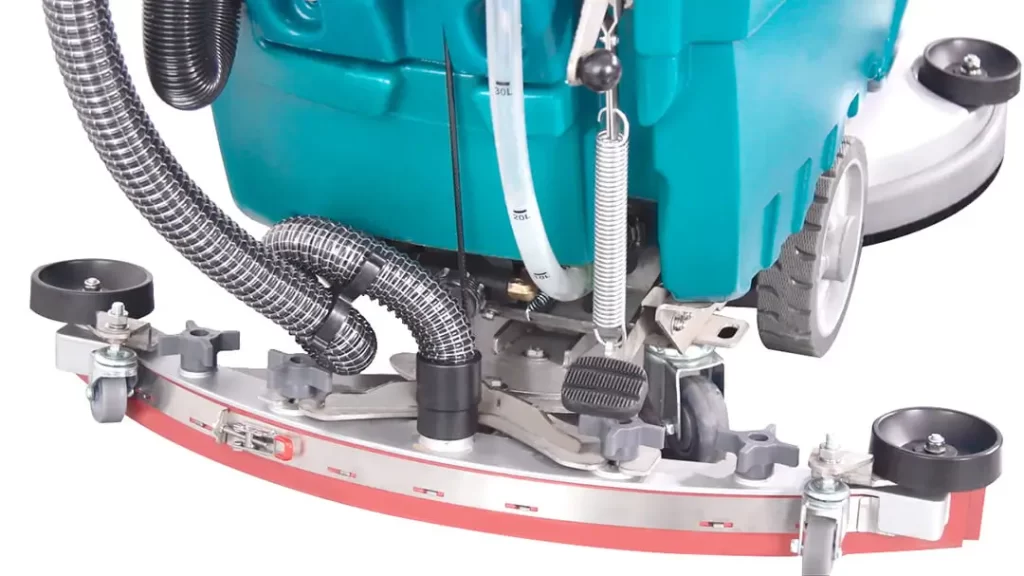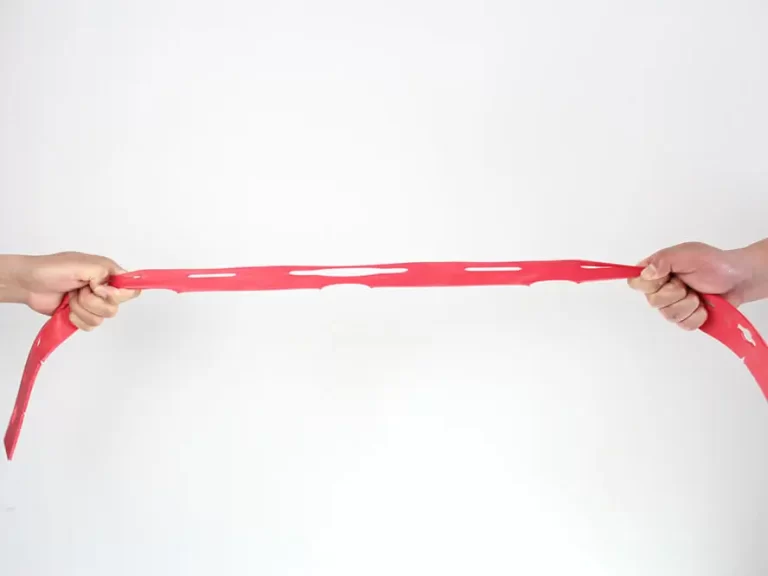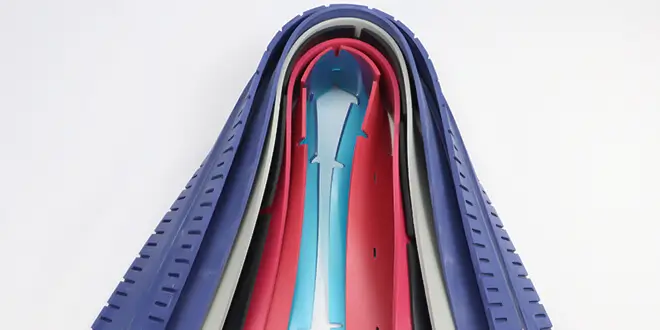What Are the Differences Between Rubber in Wet Grinding and Dry Grinding Conditions? Which Types of Rubber Are Suitable for These?

The performance of different types of rubber varies significantly under wet and dry grinding conditions, primarily due to how environmental conditions affect the physical and chemical properties of rubber.
In wet grinding conditions, the presence of water reduces friction at the contact surface due to its lubricating effect, which in turn reduces wear. However, this lubrication is not always beneficial. For example, car tires can slip on wet roads, requiring longer braking distances. Additionally, the cooling effect of water under continuous operation can prevent significant temperature increases at the friction surface, further reducing wear. It’s important to note that wet grinding can be detrimental to media or rubber types that react adversely with water.
In contrast, dry grinding conditions result in higher friction at the contact surfaces. Furthermore, frictional heating can cause significant temperature rises during prolonged operations, making certain rubber types unsuitable for extended dry grinding due to their poor high-temperature tolerance.
- Rubber for Wet Grinding: In wet conditions, high-purity natural rubber is recognized as one of the most wear-resistant types of rubber. DEF Rubber’s wear-resistant natural rubber sheets, with over 95% natural rubber content, are considered ideal for wet grinding conditions. Their improved formula design and liquid-phase process effectively preserve the large molecular structure of natural rubber, producing products with optimal hardness and exceptional strength, wear resistance, tear resistance, and elasticity. These are extensively used for rubber linings in various wet grinding environments and for wear-resistant strips, such as those in scrubber machines.
- Rubber for Dry Grinding: Rubber for dry grinding typically has a higher hardness and reduced elasticity, offering better high-temperature tolerance. A typical application is automobile tires, which are usually composed of a combination of different rubber types to achieve optimal performance in various use scenarios.
In summary, when selecting rubber for wet or dry grinding conditions, factors such as chemical stability, elasticity, wear resistance, coefficient of friction, hardness, and sealing requirements must be considered. The type of rubber chosen should align with the specific application and work environment to ensure optimal performance.






